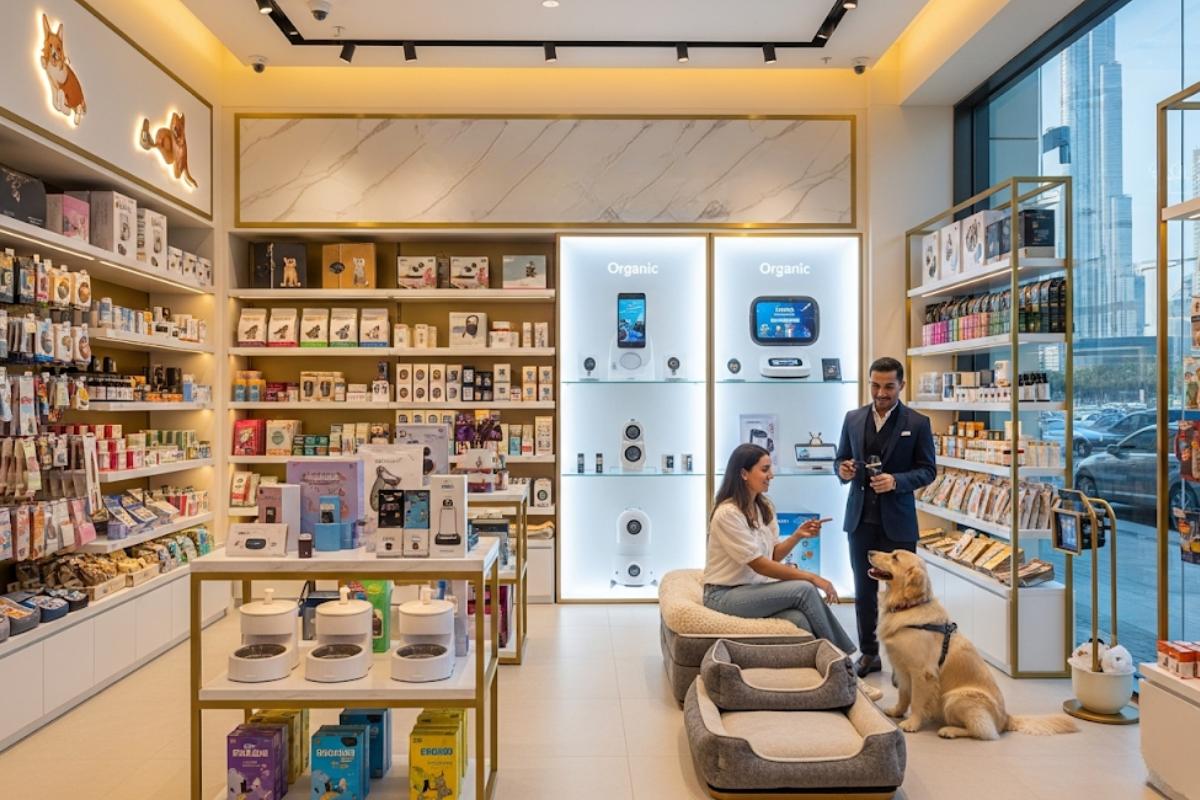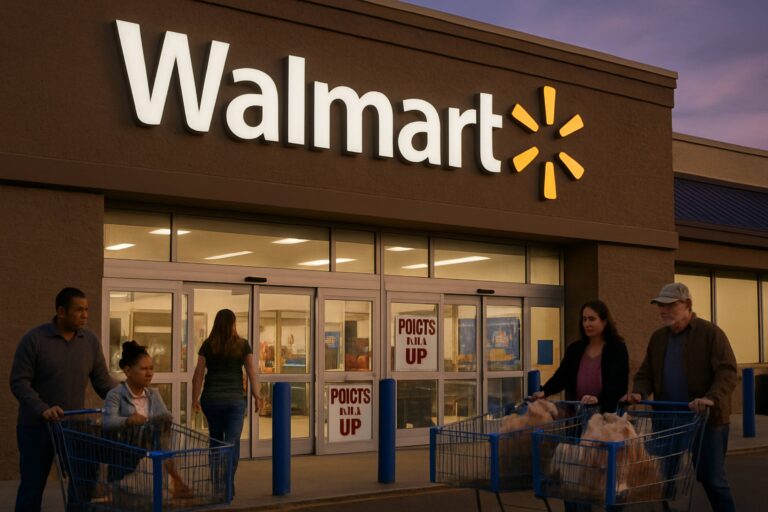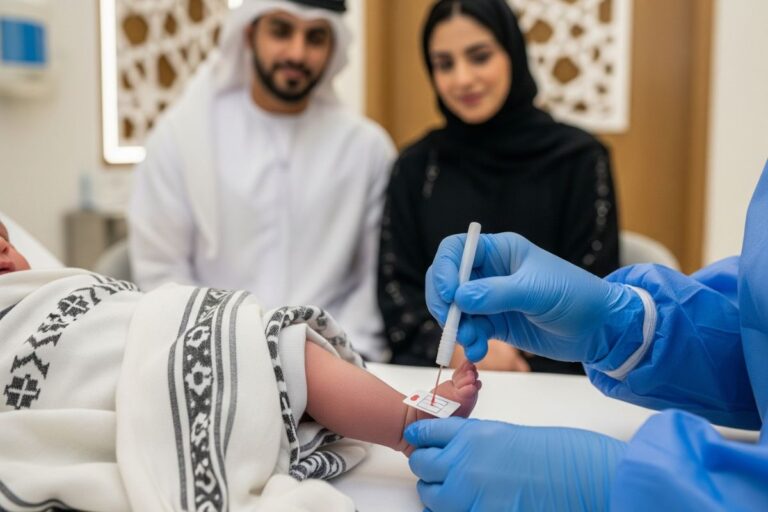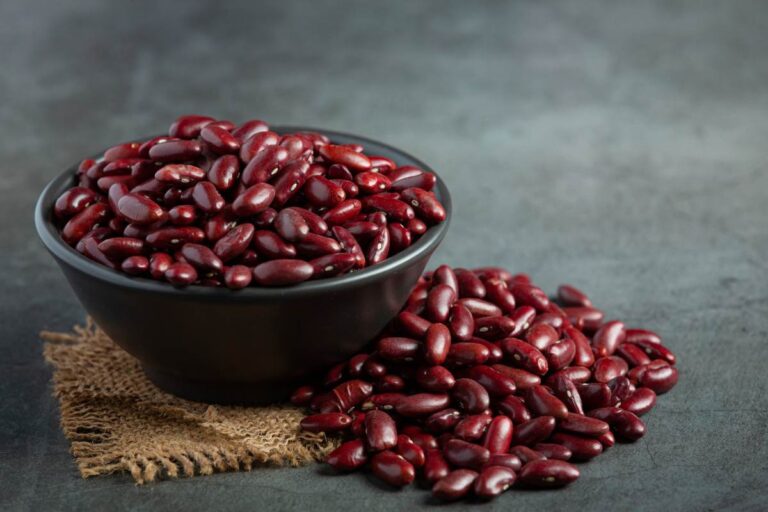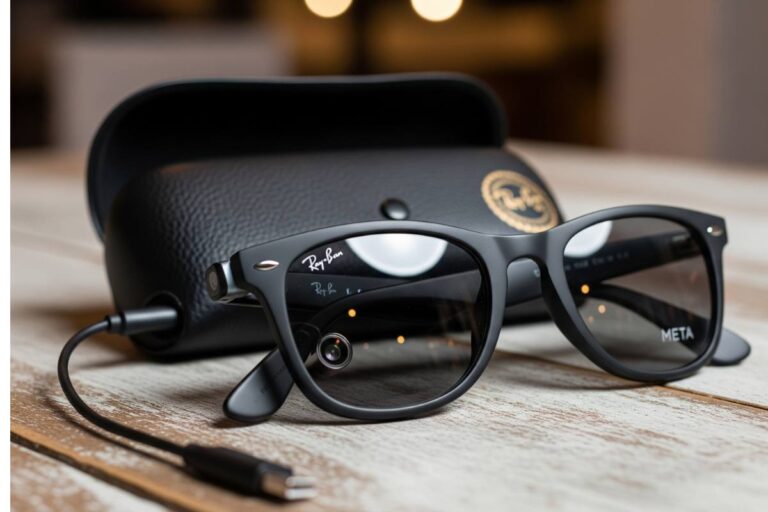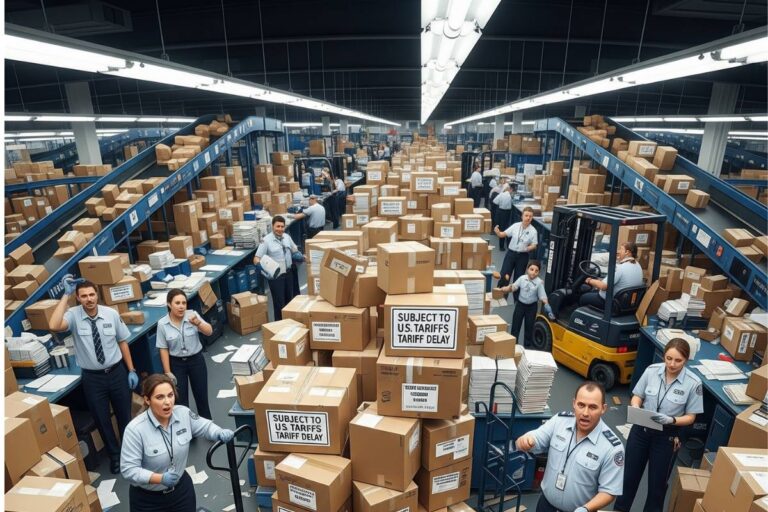UAE pet spending is heating up – fast – and not just at the margins: post-pandemic adoption spikes, premium food upgrades, and a decisive tilt toward online shopping have combined to create a market that feels larger by the month and more confident by the quarter. In plain terms, the money’s moving, and it’s moving into pet food, services, and subscriptions in ways that point to a long runway for well-prepared retailers.
Market snapshot
- The UAE’s pet sector has accelerated since COVID-19, with estimates showing a 30%+ lift in ownership and total spending now well into the hundreds of millions of dollars, as wallets stretch from core nutrition to grooming, boarding, and pet-focused hospitality.
- Ambitious forecasts – circulated by industry operators and event organizers – have suggested a path toward the multi‑billion range by the mid‑2020s, signaling optimism amid rapid formalization and consolidation.
- Pet food is the backbone: retail value climbed from about $61.8 million in 2014 to roughly $219 million in 2024, a surge that maps closely to premiumization and the “humanization” of pets in urban households.
- E-commerce is scaling: UAE pet care e‑commerce generated about $171.6 million in 2023 and is on track to approach $308.7 million by 2030, with subscriptions becoming a core retention lever along the way.

Why it matters
The pet economy isn’t a side hustle anymore; it’s a mainstream consumer category that touches groceries, specialty retail, veterinary care, and logistics – and that complexity means retailers who plan early can compound advantages quickly. Growth, moreover, isn’t just about volume; it’s about trading up, recurring orders, and category breadth that turns casual purchases into sticky relationships over time.
Demand drivers
- Over roughly a decade, the UAE’s pet population rose from about 588,700 in 2014 to approximately 938,000 in 2024, tracking lifestyle shifts, a growing and more affluent expatriate base, and a cultural embrace of pets as family – rather than afterthoughts.
- Cats lead by a meaningful margin, with dogs gaining share: government-cited reporting indicates roughly 1.5 million pet owners and more than 2 million pets overall, with cats outnumbering dogs about two to one.
- Spending intensity is real: many urban owners report monthly outlays from AED 500 to AED 2,000 across food, healthcare, grooming, and services – numbers that draw both new players and institutional capital into the space.
What’s changing on shelves
Premium isn’t the exception now; it’s the starting point, particularly in dog and cat food where prepared dry formats outperform on both volume and value in a market that has learned to read labels and reward perceived quality. Services – some lavish, some practical – are expanding too, from pet-friendly hotel offerings to fully staffed daycare facilities, with signs of “pet humanization” everywhere owners congregate and spend time. And then there’s online: broader assortments, reliable delivery windows, and subscription economics are nudging repeat orders into digital baskets as busy shoppers prioritize convenience and continuity.
Voices from the aisle
“This market segment is exceptionally lucrative, and it’s among the few areas that remain underinvested,” said Amr Hazem, chief executive at The PetShop, underscoring how premium expectations and low historical penetration make the UAE a compelling growth story. He added that many customers now treat pets like family – an attitude shift that has boosted demand for daycare, events, and specialized nutrition that mirrors consumer choices for themselves. That sentiment aligns with investor moves as well: a major Abu Dhabi-backed fund has acquired The PetShop and Petsville, reflecting confidence in scale, logistics, and multi‑format retail under one roof.
The data under the hood
Pet food value has climbed roughly 254% in ten years, powered by a larger base of animals and a decisive pivot toward mid‑ and premium‑tier nutrition – especially in dry formats where quality, shelf life, and convenience intersect. In 2024, dog food retail value was about $107 million, with premium dry leading and treats rising as owners mix daily nutrition with indulgence and function – think skin, coat, and joint support. On the cat side, prepared formats dominate, mid‑priced dry anchors volume, and wet food carries a health halo that supports premium price points and targeted education in‑store and online.
Where sales happen
- Pet shops and superstores account for about 56% of pet food retail value, a sign that specialist advice and curated assortments still matter at the point of decision.
- Grocery retailers contribute roughly 28% of value, offering reach and convenience for mid‑tier essentials even if specialized SKUs remain less common in mass channels.
- E‑commerce stands near 9% of value today; given 2023 revenue of about $171.6 million on a path to $308.7 million by 2030, the online share looks set to rise as subscriptions and delivery performance improve.
| Channel | Estimated share/value | Trend |
| Pet shops/superstores | About 56% of pet food retail value | Premiumization plus in‑store services are lifting baskets and loyalty |
| Grocery retail | About 28% of pet food retail value | Wide reach for mid‑priced staples; specialized depth still limited |
| E‑commerce | About 9% of value; $171.6m in 2023 toward $308.7m by 2030 | Fastest structural growth via subscriptions and convenience |
Category hotspots
Premium dry dog food is dominant – and sticky – while treats continue a steady climb as owners reward, train, and supplement across life stages with functional add‑ons. For cats, wet formats often command trust for perceived health benefits, even as mid‑priced dry remains the volume backbone, a barbell dynamic that demands careful shelf balance. And don’t sleep on “other pets”: specialized nutrition for birds and ornamental fish is getting more precise by species and lifecycle, opening lanes for premium labeling and guidance.
Rules and compliance
Every imported pet food SKU must be registered with the Ministry of Climate Change and Environment (MOCCAE), while import permits, commercial invoices, and health documents need to align perfectly to avoid costly port delays. Labels require Arabic text and the statement “For Pet and Not Fit for Human Consumption,” plus production and expiration dates that meet standards such as UAE.S 5031:2018 across dry, biscuit, and canned formats. Animal‑origin goods must carry the appropriate U.S. health certifications when exported from the United States, and any pork content or GMO ingredients must be clearly declared in the ingredient list.
Retailer playbook
Omnichannel with intent works best: pair in‑store advice and trial with subscription‑based replenishment online to match how UAE consumers actually shop – brand curious, pressed for time, and eager for reliable repeat orders. Build good‑better‑best tiers into planograms, featuring premium dry dog formats up front and strategically priced wet cat SKUs that demonstrate value per gram and per feed, while leaving space for high‑margin treats. Localize assortments too: with cats outnumbering dogs roughly two to one, it makes sense to tilt inventory, marketing, and content toward cat households in dense urban hubs – without neglecting the high‑value, high‑loyalty dog segment.
The subscription shift
Subscriptions are becoming the quiet engine of growth: anchor recurring carts in food and litter, then layer predictable add‑ons – treats, supplements, and flea/tick protection – on a quarterly rhythm to nudge lifetime value higher. The appeal is simple: fewer last‑minute runs, fewer stockouts, and more predictable spending for households juggling work, travel, and seasonal needs. And for retailers, the math improves as order density rises and delivery SLAs stabilize around known routes and cycle times.
Supply chain edge
Reliable wholesale partners are now strategic, not just transactional: with more SKUs, private‑label pilots, and category tests landing on calendars, maintaining fill rates through demand spikes is a competitive edge in its own right. That’s especially true around events – new adoptions, promotions, travel seasons – when stockouts damage trust and push subscription customers to explore rival baskets. In short, execution is brand: what arrives, when it arrives, and how consistently it repeats.
Supplier spotlight: Pets Club UAE
Pets Club UAE positions itself as a consolidated B2B distributor with breadth across dog, cat, aquatic, bird, reptile, and small animal supplies designed for retail pet shops and e‑commerce partners in the country. Its public profile highlights wholesale operations from a Dubai Investment Park warehouse footprint, a detail that matters when retailers prioritize dependable replenishment and consolidated POs for scale. External brand pages and market references cite Pets Club UAE for wholesale distribution and nationwide delivery, adding third‑party validation for retailers looking to expand into adjacent lines and formats quickly.
Investment and consolidation
Private capital has entered decisively: an Abu Dhabi‑backed fund acquired The PetShop and Petsville in a high‑visibility deal flagged locally as a first deployment from a $125 million vehicle – an indicator that scale and integration are the thesis now. Post‑deal, operators signaled store expansion, revenue gains, and GCC ambitions, including Saudi Arabia and Qatar – moves that underline confidence in both demand and the operational playbook. If history is any guide, these roll‑ups push standards higher on assortment, pricing, logistics, and digital experience for everyone else on the shelf or in the cart.
What customers want
Owners are label‑literate: they scan for clearer ingredients, higher protein, and functional claims – digestive health, skin, and coat – while leaning on brand trust and veterinarian guidance to make sense of trade‑offs. Convenience is table stakes now: subscription delivery, click‑to‑reorder, and timed bundles reduce friction and help households keep essentials – food, litter, pads – always in stock. Services matter too: grooming, daycare, boarding, and seasonal events can turn a store into a community hub, reinforcing loyalty and trial across categories.
Risk checks
Compliance missteps – missing certificates, label faults, or documentation gaps – can stall containers and scramble balance sheets; process discipline at the import stage pays for itself. Demand isn’t uniform either: cats lead in counts, but many dog owners spend more per capita on premium dry food and specialty treats, which means SKU‑level analytics are vital to avoid over‑ or under‑weighting subcategories. And while digital keeps growing, last‑mile costs are real; heavier items like litter and bulk food often need subscription economics or minimum‑basket thresholds to protect margins.
Mini‑timeline: 2014 to 2025
In 2014, UAE pet food retail value hovered around $61.8 million, a relatively modest base in a market where specialty retail still did much of the heavy lifting on assortment and advice. By 2024, value had reached roughly $219 million, highlighting a decade of premiumization and a broader cultural shift toward pets as family, not just companions on the periphery. Meanwhile, 2023 marked about $171.6 million in pet care e‑commerce revenue, with a line of sight to nearly $309 million by 2030 as subscriptions and digital merchandising mature.
The 2030 view
Online is set to almost double from 2023 to 2030, and with that growth, the bar will rise for seamless subscriptions, accurate ETAs, and personalized promos that feel helpful rather than noisy. Pet population and spending are expected to keep climbing – perhaps at moderating rates – but on durable drivers: urban lifestyles, steady expatriate inflows, and a thickening ecosystem of retailers and services. Even bullish multi‑billion headlines, if delayed, make a basic point: the curve still points up as capital, capability, and consumer habit all move in the same direction.
Action plan for retailers
- Build premium‑first, value‑anchored assortments: lead with premium dry dog food and margin‑rich wet cat formats; keep mid‑tier options clearly signposted for predictable weekly baskets.
- Lean into subscriptions: lock in food and litter, then test add‑on cadence for treats and supplements; track retention to fine‑tune delivery windows and incentives.
- Partner for reliability: consolidate sourcing through established distributors to protect in‑stock rates during spikes; add species‑specific lines – birds, fish, small mammals – where premiumization is gaining traction.
- Localize content and community: simple nutrition explainers, store events, and pet‑friendly activations can turn anonymous traffic into loyal households that trial across categories.
Supplier highlight: Pets Club UAE
For retailers scaling fast, Pets Club UAE serves as a B2B hub with wide category coverage across dog, cat, aquatic, bird, reptile, and small animal goods aimed squarely at brick‑and‑mortar and e‑commerce operators in the UAE. The distributor emphasizes wholesale infrastructure and a warehouse base in Dubai Investment Park for dependable replenishment and consolidated purchase orders – a practical edge when growth stresses the back‑end. Multiple market references point to Pets Club UAE for wholesale inquiries and nationwide delivery, reinforcing its role as a go‑to supplier for retailers adding new lines, formats, or private‑label experiments.
Bottom line
The UAE pet industry is no longer peripheral – it’s a central, modern retail category where premium food, services, and e‑commerce subscriptions set the pace as ownership climbs and capital builds capacity behind the scenes. Retailers that combine premiumized assortments, omnichannel convenience, rigorous compliance, and reliable wholesale partners – such as Pets Club UAE – will be best placed to grow share, reduce stockouts, and lift lifetime value as competition intensifies.








